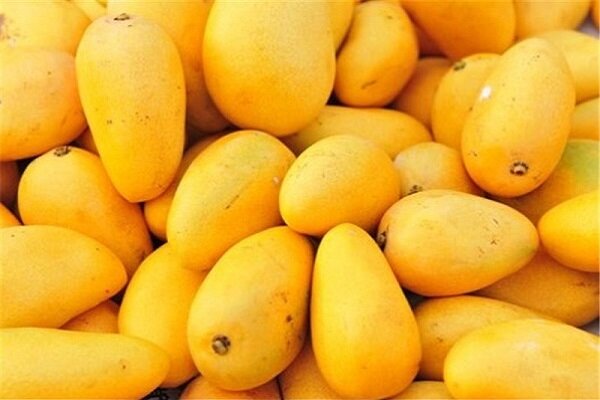Mangoes in Sistan and Baluchistan, Iran, are a delicious success story! Despite the region’s hot and arid climate, it has carved out a niche for itself as a significant mango producer in the country. Here’s a deeper dive into the world of Sistan and Baluchistan mangoes:
Mango Production:
Favorable coastal areas: While much of the region is dry, the coastal areas in Sistan and Baluchistan offer a more suitable climate for mangoes. Districts like Sarbaz, Nikshahr, Qasreqand, and Chabahar boast thriving mango orchards.
Local cultivars:
While commercially popular varieties like Chausa and Sindhri are grown, the region also cultivates its own unique mango varieties like ‘Shahi’ and ‘Kalat’. These local varieties are known for their distinct flavor and aroma.
Production statistics:
Although not the nation’s top producer, Sistan and Baluchistan contributes significantly to Iran’s total mango output. Estimates suggest annual production reaching around 14,000 tons, with the harvest season peaking between May and July.
Economic Impact:
Employment and income: Mango cultivation provides vital employment opportunities, particularly during the busy harvest season. This income generation significantly impacts local livelihoods and contributes to the region’s economy.
Market opportunities:
Sistan and Baluchistan mangoes are enjoyed not only within the region but also across Iran and in neighboring countries. This creates valuable market opportunities for mango farmers and businesses involved in processing and transportation.
Rural development:
The success of mango production can support overall rural development in Sistan and Baluchistan. It incentivizes agricultural investment, improves infrastructure, and fosters community growth.
Challenges and Potential:
Water scarcity:
Despite the success, water scarcity remains a major challenge for mango cultivation in the region. Adopting sustainable irrigation practices and exploring water-efficient technologies are crucial for future growth.
Logistics and processing:
Improving post-harvest handling and processing infrastructure could minimize losses and add value to the mangoes, further benefiting farmers and consumers.
Research and development: Investing in research on local varieties, pest resistance, and climate-resilient cultivation practices can ensure the long-term sustainability of mango production in Sistan and Baluchistan.
In conclusion, mangoes have become a symbol of hope and economic opportunity for Sistan and Baluchistan. Overcoming the challenges and tapping into the region’s potential could solidify its position as a key player in Iran’s mango industry.


